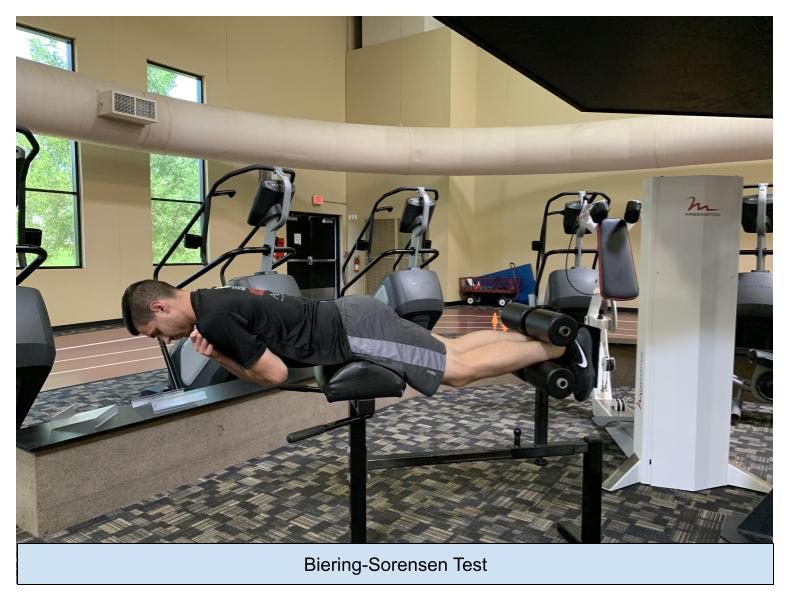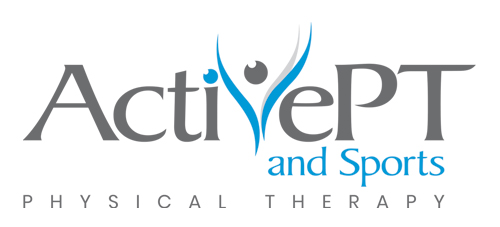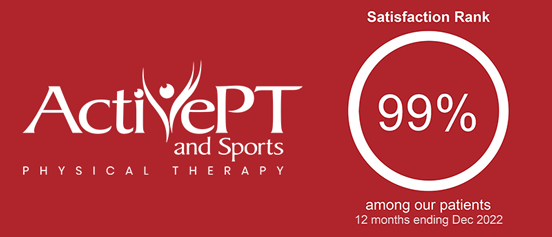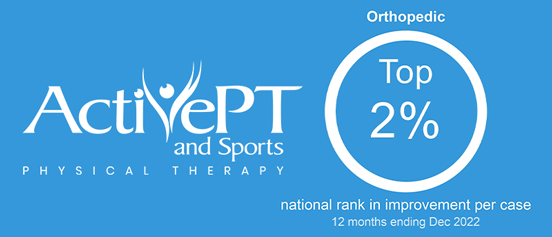It is estimated that 80% of adults will experience low back pain at some time in their life. Naturally, low back pain is one of the most common injuries seen with weight lifters and fitness athletes. Movements such as the deadlift, hang/power clean, and squat are foundational for building strength. However, we often see athletes perform these lifts with improper movements patterns. This can cause increased loading of the tissues of the lower back, which may ultimately lead to the development of back pain.
Movements such as the deadlift, clean, and squat require a combination of strength/power, mobility, and motor control. If any of these elements are missing, the body will compensate to find a way to complete the movements.
Common compensations that may cause back pain while lifting include:
- Increased lumbar flexion (increased rounding of the lower back)
- Increased lumbar extension (increased arching of the back)
- Overuse of the lower back musculature
Screening for Strength/Endurance of the Lower Back Musculature
In order to perform lifts such as the clean and deadlift without back pain, it is important to ensure that the muscles of the lower back have sufficient strength/endurance. One way to assess this is through the Biering-Sorensen Test.
In order to perform this test, you will need access to a bed/plinth, a Glute Ham Developer Machine (GHD machine), or some other flat surface to lie on with the help of a partner. To begin the test, you will lie face down with the top of the hip bones at the edge of the support surface. The lower limbs should be stabilized by a partner or by the foot holds on the GHD machine. Once in this position, you will attempt to hold the trunk parallel to the floor with the arms crossed over the chest. The test is complete when the position can no longer be maintained or when 4 minutes has passed.
Research has shown that if you maintain the position for 176 seconds or less, you may be at risk for developing low back pain within the next year. If you are able to maintain the position for 198 seconds or greater, you are thought to be less at risk for developing low back pain.

Stability/Motor Control of the Lower Back
While many fitness athletes have the strength to properly complete a given lift, they often lack the stability and control that is necessary to perform the movement optimally. Oftentimes with deadlifting, performing a hang/power clean, or squatting we see athletes lose control of the movement, particularly near end range. Adding in accessory strengthening exercises and drills along with re-education of the core and leg musculature will enable the athlete to perform the movement in a more powerful and efficient way.
My Back is Hurting – Do I Need to Stop Lifting?
This is a common question we receive working with fitness athletes. In short, it depends on the nature and type of your back pain. Most back pain is musculoskeletal in nature and will respond well to modifications to your lifting programming. There are many different variations of exercises/lifts that can keep you lifting throughout your recovery. In fact, research has shown that movement and staying active aids in the recovery of low back pain.
Back pain affecting your lifting? Our lifting experts are here to help. Schedule a free 15 min injury screening today.



